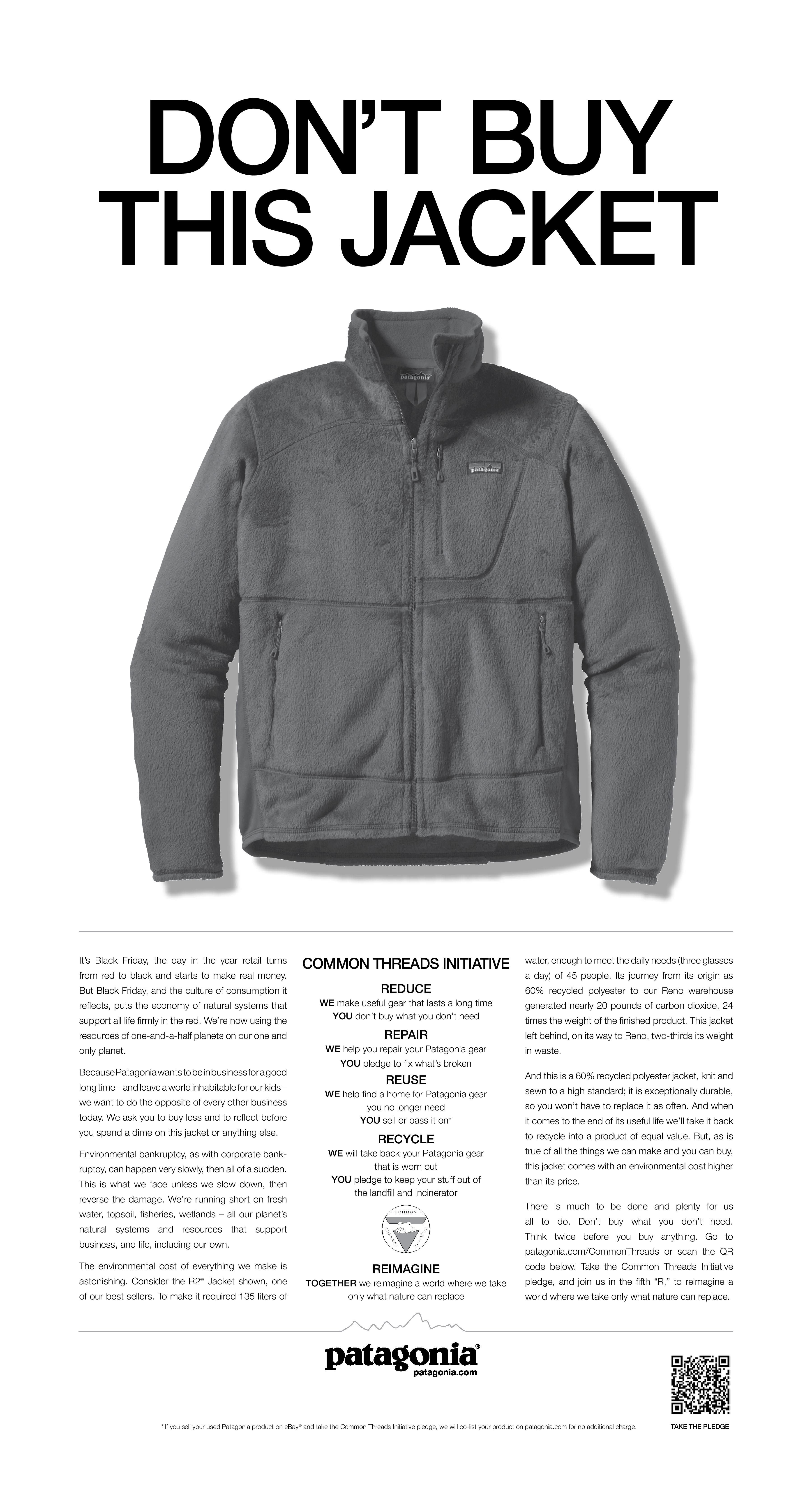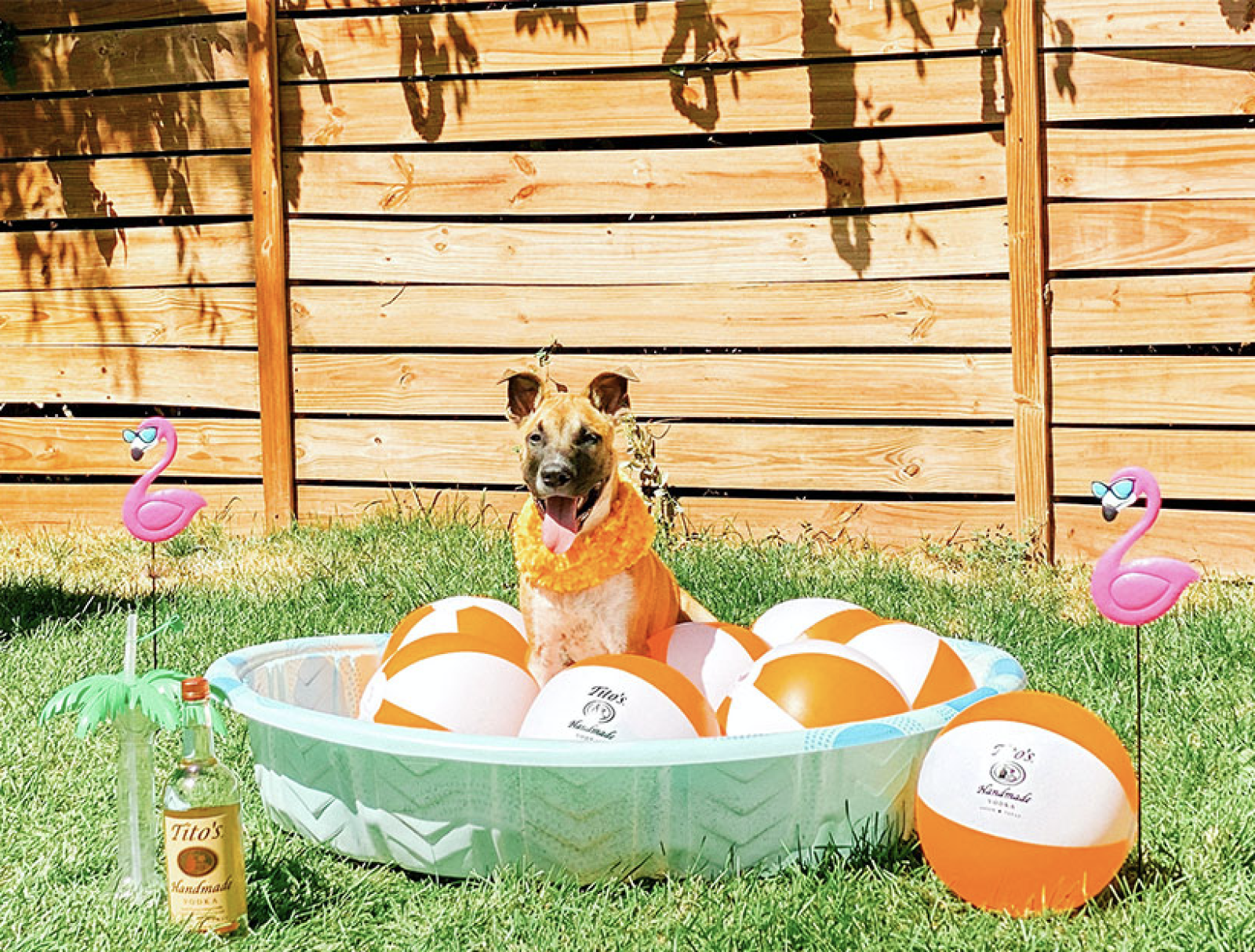If you go to any professional sporting event, you will see a venue dotted with signage touting corporate partners, from soft drink companies to car manufacturers to apparel brands. Local service providers, such as real estate agents and restoration services, are also in on the action. Companies big and small, and brands established and nascent, clamor for this space. But is it really a smart strategy? The short answer is yes.
In over 20 years in the sports industry, I have needed to embrace a fundamental truth about sponsorship. Whereas advertising can be largely defined as an attempt to sell a product, corporate sponsorship aims for a deeper connection with the consumer. Ultimately, a corporate sponsor wants to create a consumer preference or bias.
You get it. By supporting a sport that consumers have a strong affinity for, the company stands a better chance to win favor. Sponsorship helps drive loyalty and cultivate an emotional connection to them, as well as creating separation from competitors. You see this in action when you attend a sports event, and chances are you feel this as a sports fan yourself.
On Purpose, With Purpose
Just like fans typically display high loyalty to the brands that support their favorite sports, consumers overall are increasingly being drawn to brands that demonstrate purpose. Consumers are people, and they care deeply about many issues. Today’s opportunity to cut through the clutter may be as simple as showcasing the things that are important to your brand, and can be a boon to your efforts to attract and retain consumers. In a world where brands are engaged in an attribute arms race, and product parity is the norm, your brand purpose could be the difference maker.
With more integrated marketing communications tools that brands can tap into to demonstrate that brand purpose, companies would be well served to bring that purpose into focus across all consumer touchpoints—web, social, and email, in-store, as well as in traditional ad formats.
Does your company or brand have a strong purpose? Tell people. And if you haven’t committed to a strong purpose, you may need to now. These two brands have put their purpose on full display.
A recent BBMG/GlobeScan report noted that 65% of consumers want to support companies with a strong purpose. However, the same report found that only 45% of consumers can identify a company that is positively impacting society. There is a pressing opportunity for companies to step into that gap and engage consumers and communities at large in a more meaningful way.
“Why?” Matters
When contemplating a new initiative, consider the fact that what consumers crave is authenticity, credibility, and transparency. This should challenge the entire essence of your company. In a much-watched TED Talk, popular author Simon Sinek compelled companies to find their “why” in rattling off six questions:
- What’s your purpose?
- What’s your cause?
- What’s your belief?
- Why does your organization exist?
- Why do you get out of bed in the morning?
- Why should anyone care?
What would it be like to be so committed to a purpose that it is your answer to the same question asked six different ways? Sinek added, “People don’t buy what you do; they buy why you do it. The goal is not to do business with everybody who needs what you have. The goal is to do business with people who believe what you believe.”
Finding Purpose
Your Why? can stem from a number of things. It can relate to cultural initiatives that you are passionate about personally and that provide motivation to be successful in business. It can come from a deep understanding of your consumers and a mutual embrace of the causes that are important to them. And in some cases, it may take introspection to find a purpose that a company can embrace, that attracts consumers, and provides a common bond as we all engage this messy world together.
Purpose has implications. It will drive every facet of your company, from sales to marketing to customer service. Your purpose can be at the center of your company’s strategies, objectives, and outcomes. This will pay off. Recent research by the ANA found that a well-articulated purpose can galvanize your employees, your customers, and your bottom line—this is in addition to positively contributing to society and adding real value to your consumers.
Demonstrating Purpose
The ANA survey also showed that 82% of executives think their company could use expert help in defining and activating brand purpose. It is essential that purpose be demonstrated, not just communicated. Consumers want real, authentic purpose.
Purpose-driven marketing activities go beyond targeting consumers and engaging with them. Our goal is to bond with consumers. This is what sports sponsorships have historically done well, but that has largely been driven by opportunities to engage a critical mass at the ballpark or on TV, and in a team’s local market. However, brand purpose is the new frontier. With the advent of the web 2.0, social media, and digital apps, companies can connect with consumer groups in ways they were not able to do just 15 years ago.
“People don’t buy what you do; they buy why you do it.” – Simon Sinek
Start Where You Are
Isn’t it interesting how purposeful some people become when faced with the popular hypothetical, “If you won $1 million in the lottery, what would you do with it?” But, honestly, we know purpose doesn’t start when someone makes a certain amount of money, or when a business reaches a certain size. The purpose-driven approach is as much for smaller and mid-sized companies that it is for business giants. And chances are, most smaller companies are already engaged in local cause-based initiatives or have implemented business practices to address an issue they care about. Your purpose is your story, and we encourage you to share that story. More and more consumers want to hear it.
It is imperative to embed your purpose in a variety of, if not all, marketing programs. Whether it is appealing to consumers, building your internal team, developing a roster of vendors and supplies, or creating confidence among your investors, your brand purpose can pull all of these stakeholders in, and forge deep and meaningful relationships.
Ignite2X Can Help
I have been involved with a lot of different organizations and causes over the years, and what I appreciate most is the opportunity to be part of something that is bigger than me. Purpose draws people in. Each of us has a responsibility, but it’s when we do things collectively that real community is built. I’d love to know more about your purpose, then help you build something special. To set up a time to chat, you can reach me at [email protected].
Case Studies
Patagonia and Tito’s Vodka aren’t afraid to put their purpose where their ads are.
Don’t Buy This Jacket

Don’t Buy This Jacket.” Patagonia has long been deeply committed to the environment, and they donate a percentage of profits to environmental causes. But a few years ago, they wanted to send a very strong message about the importance of recycling. This led to the “Don’t Buy This Jacket” ad that described the benefits of reusing and recycling. For their 2016 Black Friday campaign, they pledged to donate their entire daily sales revenue to environmental protection groups. Instead of the anticipated two million dollars in sales revenues, the company took in ten million. This commitment and demonstration of authenticity clearly resonated with its consumers everywhere.
Vodka For Dog People

The Vodka for Dog People.” Tito’s Vodka has always been a progressive company, making its own rules and ignoring the traditional path that other spirit companies followed. This is evident in their long-time support of dogs without homes. On a community level, and nationally, Tito’s has supported adoption efforts across the country, matching rescues with humans, creating outreach at local shelters, even starting a dog-inclusive workplace culture. (They practice what they preach.) They get the message out through a range of communications vehicles to reach consumers wherever they go, not just social media, but on-pack and in stores. In 2020, Tito’s sales grew 20%, catapulting them to the number one selling spirits brand in the U.S.

